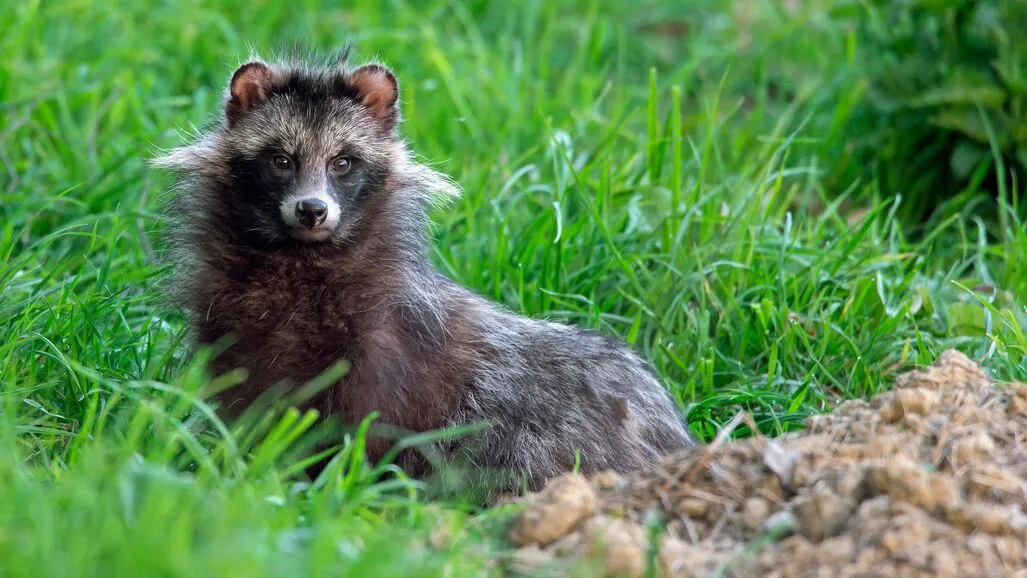The global team of virus specialists told that they had discovered genetic data from the Wuhan market linking the pandemic with raccoon dogs for sale there. They added that proof to the claim that the most harmful pandemic in a century could have been ignited by an infected animal that was being dealt with through the illegal wildlife trade.
The genetic data was drawn from swabs taken from in and near the Huanan Seafood Wholesale Market starting in January 2020, soon after Chinese authorities had closed down the market because of worries that it was linked to the eruption of a new virus. By then, the animals had been cleared out, but researchers swabbed walls, floors, metal cages, and carts usually used for transporting animal cages.
In samples that came back positive for the Covid-19, the global research team discovered genetic material belonging to animals, including large amounts that were a match for the raccoon dog, three scientists involved in the analysis said.
The jumbling together of genetic material from the pandemic and the animal does not confirm that a raccoon dog itself was infected. And even if a raccoon dog had been infected, it would not be clear that the animal had circulated the virus to people. Another animal could have passed the virus to people, or someone infected with the virus could have spread the virus to a raccoon dog.
But the research did show that raccoon dogs deposited genetic signatures in the exact place where genetic material from the virus was left, the three scientists said. they said the evidence was even with a scenario in which the virus had spilled into humans from a wild animal. The latest evidence is sure to deliver a jolt to the controversy over the pandemic’s bases, even if it does not determine the question of how it started.
In recent weeks, the lab leak theory has achieved traction thanks to a new intelligence assessment from the U.S. Department of Energy and hearings led by the new Republican House leadership. But the genetic data from the market shows some of the most actual evidence yet of how the pandemic could have spilled into people from wild animals outside a laboratory. It also recommends that Chinese scientists have given an insufficient account of proof that could fill in facts about how the virus was circulating in the Huanan market.
Chinese scientists released an analysis examining the same market samples in February 2022. That study had said that samples were positive for Covid-19 but recommended that the virus had come from infected people who were shopping or working in the market, instead of from animals being sold there.
At some point, those same researchers, including some affiliated with the Chinese Center for Disease Control and Prevention, posted the raw data from swabs around the market to GISAID, an international repository of genetic sequences of viruses. (Attempts to reach the Chinese scientists by phone Thursday were not successful.)
One sample captured their attention. It had been taken from a cart linked to a specific stall at the Huanan market that Holmes had visited in 2014, scientists involved in the analysis said. That stall had caged raccoon dogs on top of a separate cage containing birds, exactly the sort of environment conducive to the transmission of new viruses. The swab taken from a cart there in early 2020, the research team found, contained genetic material from the virus and a raccoon dog.
We were able to figure out relatively quickly that at least in one of these samples, there was a lot of raccoon dog nucleic acid, along with virus nucleic acid.”
Stephen Goldstein-a virus expert at the University of Utah who worked on the new analysis.




